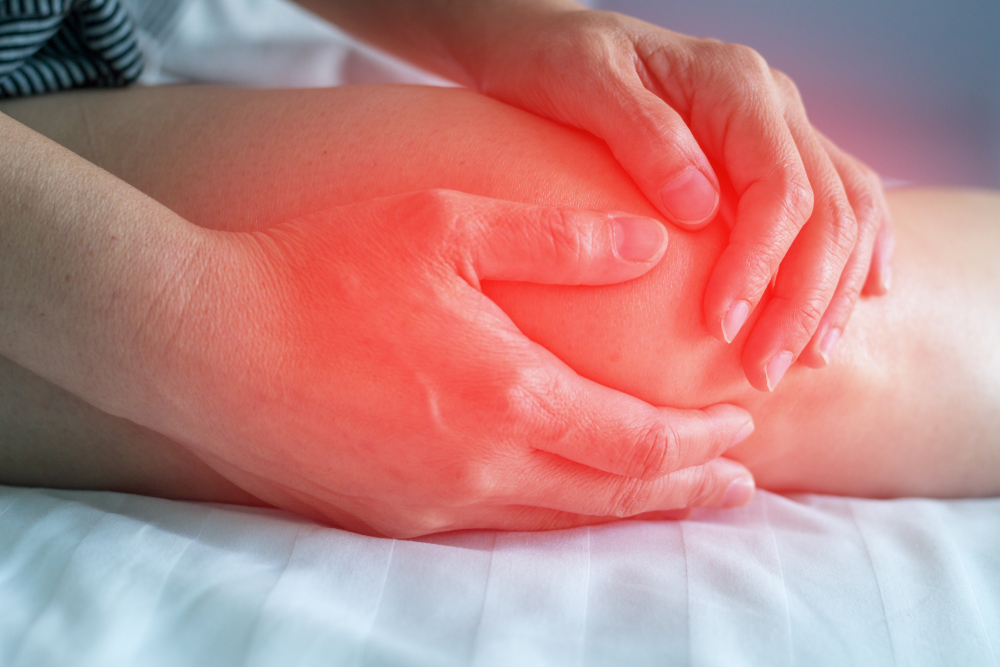Tests that typically help diagnose septic arthritis include:
Joint fluid analysis. In this procedure, from your affected joint, a sample of this fluid is withdrawn with a needle. Volume, consistency, color, and makeup of the fluid within your joints can be changed by infections.
Blood tests. This test can determine if signs of infection are present in your blood. Your blood sample is removed with a needle from a vein.
Imaging tests. Other imaging tests and X-rays of the affected joint can evaluate damage to the joint.
Arthrocentesis is a procedure commonly used to make a precise diagnosis of septic arthritis. To draw a sample of the joint fluid, known as synovial fluid, this procedure includes a surgical puncture of the joint.
Septic arthritis treatments include:
A combination of powerful antibiotics such as Intravenous (IV) antibiotics are given and also draining the infected synovial fluid from the joint.
Usually, antibiotics are typically given through a vein in your arm at first and this treatment lasts from two to six weeks. Antibiotics have a risk of side effects, such as allergic reactions, vomiting, nausea, and diarrhea.
To treat septic arthritis, doctors depend on joint drainage and antibiotic drugs.
Drainage methods include:
Needle. The doctor can remove with a needle the infected fluid inserted into the joint space in several cases.
Open surgery. An open surgical procedure might be required because some joints, like the hip, are difficult to drain with a needle or arthroscopy.
Scope procedure. A bendable tube with a video camera at its tip is placed in your joint through a small incision in a procedure named arthroscopy. Then suction and drainage tubes are placed through small incisions around your joint.


